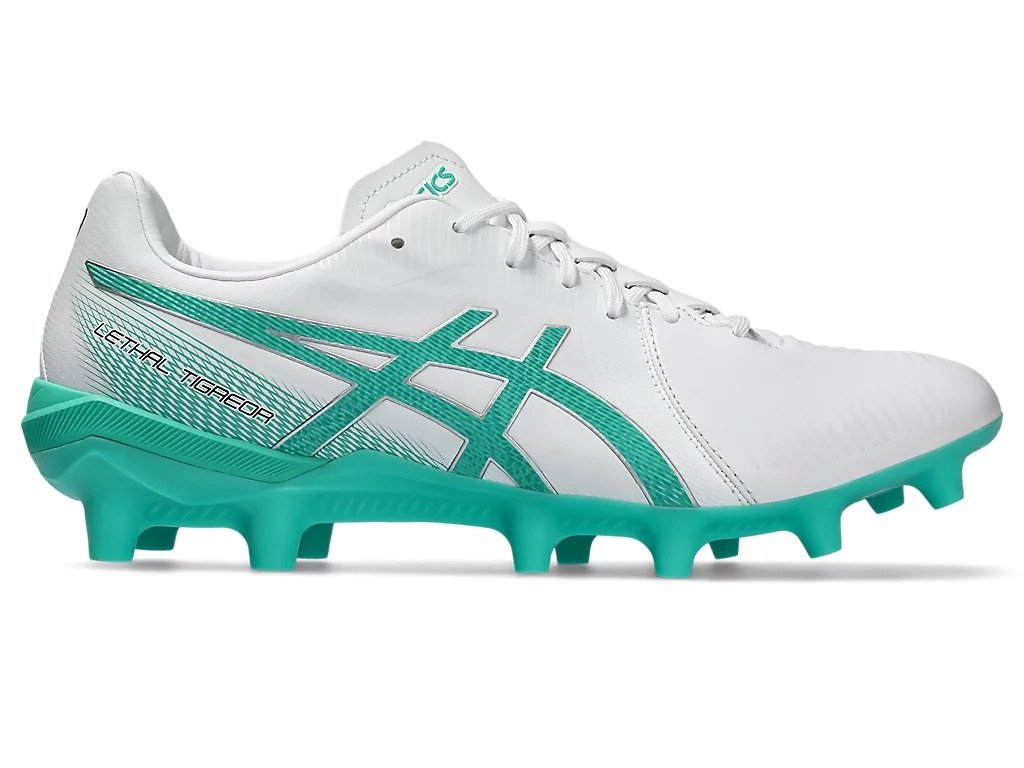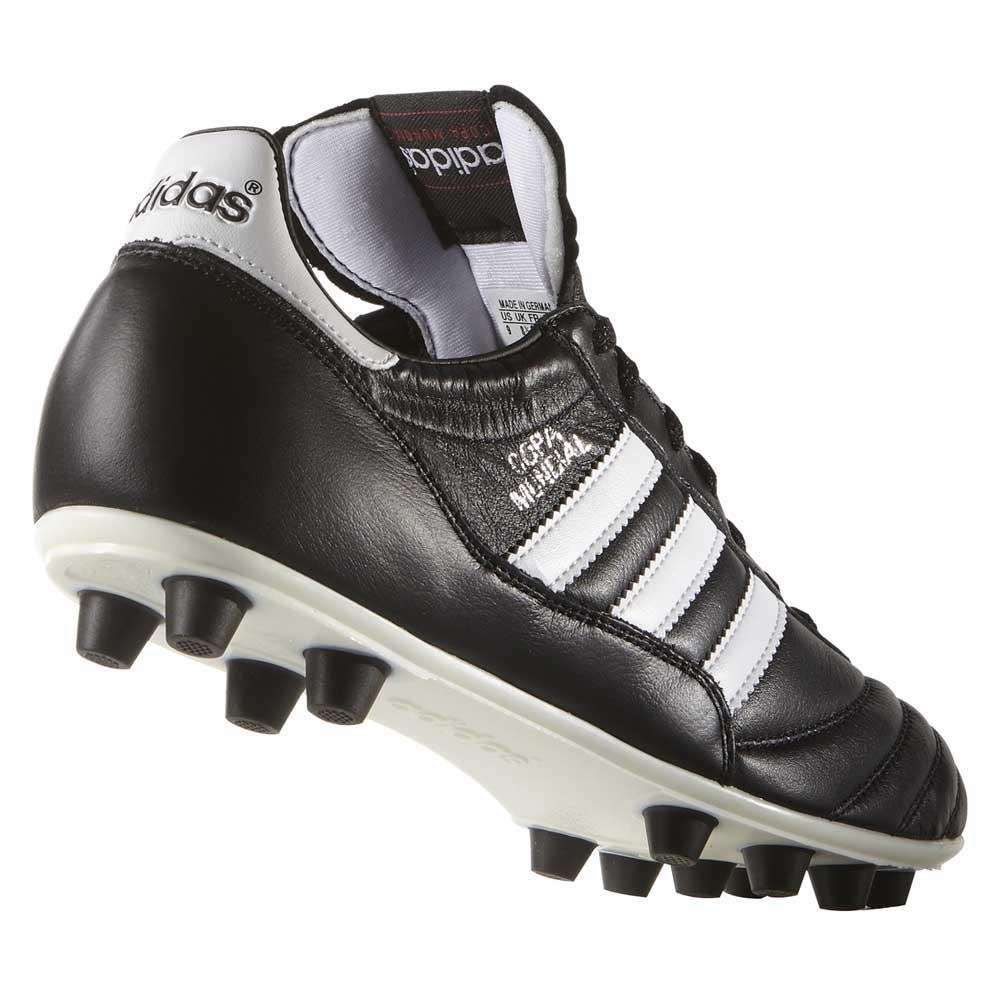Football Boots and Injury Prevention
Why is choosing the correct football boots so important?
Football boots and injury prevention
2024 has seen a huge increase in football registrations amongst our local clubs. Which we love to see! The success of teams like the Matilda’s has seen a rise in the popularity of soccer amongst kids in particular. Unfortunately though, this has been accompanied by an increase in related foot and leg injuries. One way to prevent injury is to have properly fitted football boots.
For players, parents and coaches alike, understanding the way soccer boots are constructed is important in preventing injuries.
Soccer boots are constructed with a flat footbed to accommodate the studs. This often results in a lack of arch support that allows for excessive foot pronation and offers little to no cushioning to absorb shock. Excessive foot pronation and repetitive shock can lead to lower limb pain such as Sever’s disease, Achilles tendonitis, plantar fasciitis and shin splints.
Most soccer boots are constructed without a midsole – the foam cushioning material between the upper and the tread of a running shoe. The midsole of running shoes provides shock absorption and elevates the heel. A lack of cushioning and heel elevation can contribute to hamstring and Achilles tendon injuries, which is commonly seen in soccer players.
Why the design matters:
Some soccer boot companies now design boots that incorporate a wedged, running shoe-style midsole. Recent research has found that this design places less strain on leg muscles than traditional low profile boot designs. The research also found that a 10mm heel raise altered the angle of the hip, knee and ankle, and together with improved shock absorption helped to prevent injury and improve performance.
LETHAL TIGREOR IT FF 3
Football Boots for kids:
A child’s foot bones do not fully develop and harden until around the age of 13. Childrens feet grow in spurts. Depending on their age, how active they are or how fast their feet are growing, some children may need new shoes every 3 to 4 months. Growing feet are developing feet and many adult foot problems begin in childhood.
Here are some of our tips to give your kids feet the best available support:
The fitting
The fitting is just as important as the boot itself when it comes to choosing a new pair for the season. The boots should fit snug to your feet, avoid sizes that are too wide or too narrow. We recognise that kids grow quickly and you may be tempted to size up in football boots in order to get the most wear out of them. However, this may result in your child being at an increased fall risk, blistering and loading on the incorrect muscles.
An easy way to check whether a certain boot has the correct fit for your foot is to compare the shape of the removable insole to your foot shape. Remove the insole from the boot and stand on it with your heel at the appropriate place and your normal football socks on. Check the length and general shape. Ensure that there is approximately a thumbs width of space between the big toe and the front of the shoe. Check the width while wearing the shoe. It should be snug but not tight.
Despite being a very popular brand - these Adidas Boots are an example of boots that we wouldn’t recommend. Compared to the Asics above, the narrow spacing between the studs at heel will be less stable than studs which are wider set.
Also note the lower heel due to lack of midsole, which will decrease shock absorbtion.
There are huge variations between individuals in foot anatomy and therefore foot shape. Football boots should mirror a player’s unique foot shape and feel comfortable for the whole match.
2. Choice of studs
Typically, if your child is playing club level football, mouldable studs are often the most readily available and cost effective style to buy. The majority of boots available will be in this style. What else is there to know? Check the number of studs - more is better for playing on our hard ground, sometimes you’ll see they’re in a pattern suited to the sport you're playing (for example a circular pattern at the ball of the foot for soccer). Not too narrow in the spacing at the rear tf the shoe, wide will be more astable.
If your child is playing at more of an elite level, they may require multiple pairs of studs for different weather conditions. Less studs will give more grip on wet ground or in long grass playing Rugby. . Screw in studs are available for when the conditions are hard or wet. Whereas mouldable studs for dry conditions have been seen to improve overall performance.
3. Choosing the right Materials
A general rule of thumb is the lighter the material - the less support and durability the boot has. However, heavier does not always mean better! Although a heavier or more rigid material may give more support, if it’s too heavy it may cause muscles to fatigue quicker thereby increasing risk of injury.
Finding the right balance is key - however we recognise that the cost of boots will be a consideration depending on the level of football that is being played. Ultimately, a boot that is lightweight with the ability to stretch coupled with toughness and durability will provide the best overall result.
Last but not least! A removable insole from the boot is important if your child has orthotics, the boots should always be fitted with the orthotic at the time of purchase.
Issues linked to ill-fitting football Boots
Poorly fitting boots commonly lead to cramping or numbness at the forefoot, blisters or damaged/bruised toenails. Some adults may size down their boots for better ball control. However, the chance of bringing on a nerve complaint known as Morton’s neuroma becomes increased due to cramping. Wearing boots that are too small is also linked to decreased performance and increased injury risk.
Comfort should be prioritised above other things when it comes to choosing Football boots. Poor foot or lower limb comfort is linked to increased injury risk and decreased performance.
Common conditions that are often associated with ill fitting football boots (among others) are:
Sever's disease in kids (Calcaneal apophysitis)
Toenail issues such as bruising, lifting and ingrown nails
Plantar fasciitis
Achilles tendonitis
Calf muscle tears and hamstring injuries
Shin splints (Medial Tibial Stress Syndrome)
Morton’s neuroma in adults
If your child (or you) has kicked off their football season and is having pain or soreness in their feet or lower limbs - give us a call on 02 4707 6558 to make an appointment with Phil or Ed. Or book an appointment here.
Our friends at Hunter Shoes in Springwood have a great range of Football boots for kids and adults! Be sure to check them out before they’re all gone.



